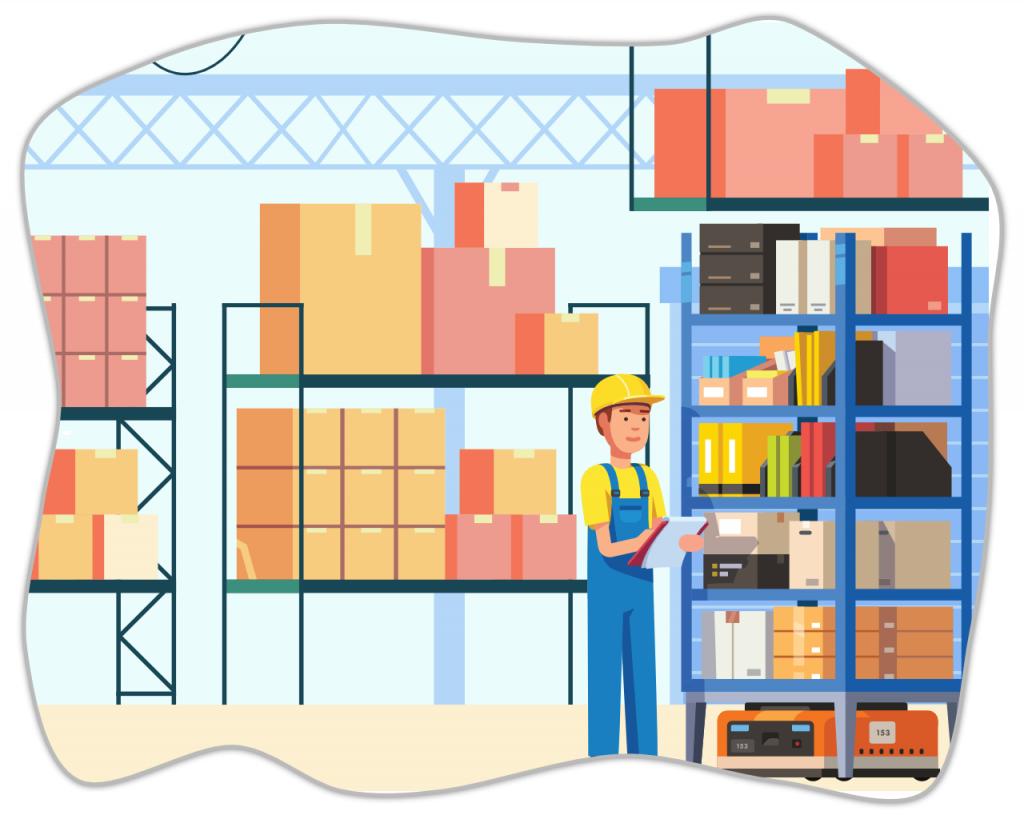E-commerce is inextricably linked with swiftness and Shopify merchants face ongoing challenges in managing inventory, meeting customer demands, and increasing profitability. Demand forecasting emerges as a vital tool, empowering merchants to predict sales with accuracy and avoid pitfalls like overstocking, which incurs high storage costs, and stockouts, which push customers to competitors. By optimising inventory levels, merchants ensure popular products are available, enhancing customer satisfaction and fostering loyalty.
Demand forecasting also enables Shopify merchants to synchronise production and procurement with projected sales, lowering operational costs and increasing resource efficiency. In a competitive industry with tight margins, this ability to predict demand is a significant advantage, aiding cash flow management, reducing unnecessary expenses, and allowing merchants to leverage market trends and seasonal peaks for profitability.
Want to learn how to sell more while reducing stock?
What is Demand Forecasting for Shopify?
Demand forecasting is the process of anticipating future product demand using historical sales data, customer trends, and market factors. For Shopify merchants, this data-driven approach is essential for stocking the right products at the right time. Unlike traditional retail, where physical stores offer direct insights into customer preferences, e-commerce relies on data analysis to guide decisions. Shopify’s platform provides an extensive range of data and insights ideal for precise forecasting.
Effective demand forecasting on Shopify impacts everything from inventory management and pricing to marketing campaigns and customer satisfaction. By anticipating demand accurately, merchants make informed choices about product promotions, restocking timelines, and pricing strategies, increasing profits while reducing risks. This foresight enables better financial planning, aligns cash flow with demand cycles, and supports investment in high-demand products while cutting costs on slow-moving stock. In today’s competitive e-commerce landscape, strategic demand forecasting is a cornerstone of success.
How Demand Forecasting Works on Shopify
Demand forecasting on Shopify leverages data-driven insights to accurately predict future sales. Merchants have access to a variety of tools within the platform to improve the accuracy of their forecasts. This process involves collecting and examining key data points, such as historical sales patterns, customer behaviours, and market trends. Through this systematic approach, Shopify merchants can generate precise forecasts that support effective inventory management, elevate customer satisfaction, and drive business success.
Gathering Sales Data
The foundation of demand forecasting on Shopify starts with gathering robust sales data. Shopify offers built-in tools, including Shopify Analytics, which provides detailed reports segmented by product, time period, and sales channel. Merchants can also export sales data or integrate third-party tools for more advanced analysis. This data provides valuable insights into product performance, purchase frequency, and peak demand periods, allowing businesses to make informed stocking decisions. Reliable historical sales data uncovers patterns and trends, helping to set up precise forecasts—essential for predicting future demand accurately.
Analysing Customer Trends
With sales data collected, the next step involves analysing customer trends. Shopify’s analytics tools reveal key details about customer behaviours, including purchase patterns, demographics, and geographical information. By understanding customer preferences and behaviours, merchants can better anticipate demand shifts. Tracking metrics like average order value (AOV), customer lifetime value (CLV), and repeat purchase frequency highlights valuable buying habits, allowing merchants to focus inventory on high-demand products. Seasonal trends are also essential, revealing fluctuations around holidays or specific seasons, so merchants can adjust inventory levels dynamically to meet customer needs in real-time.
Predicting Future Demand Based on Historical Data
Historical data serves as a powerful tool for predicting future demand. Shopify merchants can use forecasting techniques like moving averages, which filter short-term fluctuations to highlight broader trends, especially useful for businesses with seasonal demand patterns. Seasonality adjustments further refine forecasts by analysing demand peaks during holidays or other annual events, enabling merchants to match inventory levels to these predictable shifts. Advanced Shopify tools also allow multi-variable analysis, incorporating not only historical sales but factors like marketing campaigns, market trends, and competitor actions, leading to more comprehensive forecasts.
Using Machine Learning for Demand Forecasting
Machine learning has transformed demand forecasting for Shopify merchants, offering sophisticated insights by analysing large datasets and external influences like market trends and even weather conditions. Machine learning models improve continuously with new data, creating highly accurate predictions. Shopify apps like “Inventory Planner” and “Stocky” integrate advanced algorithms to enhance forecasting, making them invaluable for merchants with extensive product lines where manual forecasting is impractical. These predictive tools reduce errors and equip merchants to stay agile in response to demand changes, ensuring they meet customer expectations efficiently without overextending resources.
Types of Demand Forecasting Methods
Shopify merchants have access to a variety of demand forecasting methods, tailored to business needs and data complexity. These methods fall into two main categories: qualitative and quantitative. Qualitative forecasting relies on expert judgement, market research, and customer feedback, making it ideal for newer businesses with limited data. Although useful in early stages, it lacks the accuracy of statistical models over time. Quantitative forecasting uses mathematical models based on historical data to predict future demand. Techniques include time series analysis, which observes trends over time, and regression analysis, which examines how variables like price or marketing affect sales. More advanced quantitative methods, like exponential smoothing and ARIMA models, refine forecasts by accounting for trends and seasonality, providing deeper insights for more established businesses.
Shopify Demand Forecasting Tools and Apps
Shopify offers a selection of demand forecasting tools and apps that range from basic to advanced. Popular apps like Inventory Planner, Forecastly, and TradeGecko streamline forecasting with features such as automated purchase orders, sales trend analysis, and multi-channel forecasting. When selecting an app, merchants should seek tools that integrate smoothly with Shopify, allow customisable reports, and provide accurate, real-time forecasting. Integration with third-party solutions adds even more flexibility, as merchants can connect their Shopify store to powerful forecasting engines that analyse external data, including competitor trends and economic indicators, for highly robust forecasts.
Final Tips for Efficient Demand Forecasting on Shopify
For effective demand forecasting, Shopify merchants should prioritise quality data, monitor customer trends, and select suitable forecasting tools. Reliable data collection is essential; merchants should utilise Shopify’s analytics, third-party apps, and external insights for comprehensive analysis. Regularly reviewing customer metrics, such as seasonal demand shifts and purchasing habits, allows merchants to adapt quickly to changes, keeping them agile in a competitive landscape.
Choosing the right forecasting tools further enhances efficiency and accuracy. Merchants should focus on solutions that integrate with Shopify, provide customisable reports, and support multi-channel sales. With the right tools, they can maintain optimal inventory, enhance customer satisfaction, and increase profitability. In Shopify’s increasingly accelerated landscape, demand forecasting becomes a powerful strategic asset, helping businesses make data-driven decisions that fuel growth and resilience.






